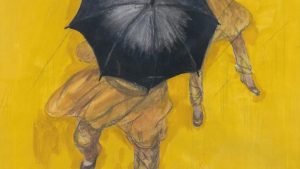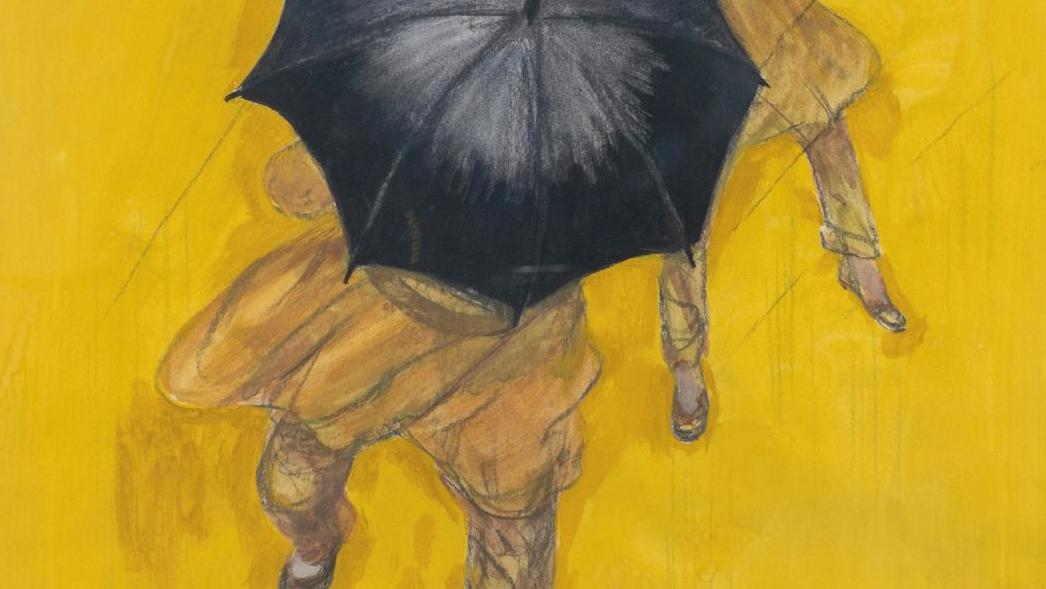Money Laundering in the Art Market Comes Under Increased Scrutiny
Art auctions have long functioned under a veil of secrecy, at least on the side of the buyers. The policies that support this mystique have created conditions that are “an ideal playing ground for money laundering,” according to a recent report from the United States Senate’s Permanent Subcommittee on Investigations (PSI).
Senators Rob Portman (R-OH) and Tom Carper (D-DE) headlined the bipartisan report, which specifically examined the actions of two Russian businessmen who evaded U.S. sanctions to purchase art. Brothers Arkady and Boris Rotenberg have made art purchases that total over USD 18 million within the last six years. Both billionaires are reportedly close to Russia’s President Vladimir Putin. A Moscow-based art advisor named Gregory Baltser was also implicated in the report due to his dealings with the Rotenbergs.
Several notable pieces of art sold in the market have been traced back to the Rotenbergs, including René Magritte’s La Poitrine (1961). Bought for $7.5 million in May of 2014, payment for the work has been linked to Arkady Rotenberg. This was the first of many purchases made after the Rotenbergs were sanctioned by the U.S. government.

Though the Senate report mainly addressed the financial dealings of the Rotenberg brothers, it also opened up a broader and ongoing conversation about money laundering in the art market.
Money laundering, the process of making illegally obtained funds appear legal, thrives under a lack of transparency, external regulation, and accountability for disclosing information. Art auctions and private sales can sometimes serve as vehicles for financial wrongdoing because of those conditions. Auction houses often do not interact directly with an artwork’s owner, instead communicating through intermediaries such as art dealers and brokers. Individuals attempting to launder money can do so by concealing their identity from auction houses, purchasing a piece of art, and then selling it anonymously to a new buyer.
The art market is also not bound under the regulations of the Bank Secrecy Act, an anti-money laundering (AML) law that requires financial institutions to maintain transparency and report suspicious activity.

“Art is a very attractive vehicle to launder money,” said Peter D. Hardy, an AML advisor, last year. “It can be hidden or smuggled, transactions often are private, and prices can be subjective and manipulated—and extremely high.”
Most major auction houses have their own AML policies, but these may not be enough to prevent laundering. It is often within the best interests of everyone involved in art deals to maintain a certain degree of secrecy. The price of artworks fluctuates greatly based on trends, personal interest, or news items. This creates a market culture that differs greatly from other industries that exchange large quantities of money back and forth. It also becomes easier to conceal money laundering when some, if not all, parties involved in the transaction are unaware of the seller’s identity, history, and background.
However, money laundering can be avoided in the art market. The Senate report called for the inclusion of the art market under the Bank Secrecy Act, which would require legislation to be passed through Congress. Before that happens, certain actions can be taken in the market to prevent laundering. These include performing due diligence checks on customers, strengthening existing AML policies, and building better transparency every step of the way.
Some in the industry oppose these measures. “The move toward transparency is always there, but a collector’s private collection is their private collection,” said Jeanne Greenberg Rohatyn, a New York art adviser, to The New York Times in 2017. “It is in their home. It is not in the public domain.” More recent critics have pointed out the difficulty that individual auction houses face when preventing money laundering without strong legislative and industry support.

U.S. officials have yet to take additional action against the Rotenbergs and the parties associated with their alleged laundering activities. For now, AML measures will remain in the domain of private businesses, dealers, and auction houses. Any additional U.S. regulations have yet to be developed, but those concerned about money laundering can look to the European Union’s Fifth Anti-Money Laundering Directive (5AMLD) for a possible model. Implemented in January of 2020, the regulations include art sales as “high risk transactions” in the same category as oil, precious metals, and cultural artifacts targeted by terrorist groups.
Auction Daily will continue providing coverage of money laundering in the art market as the topic develops.










